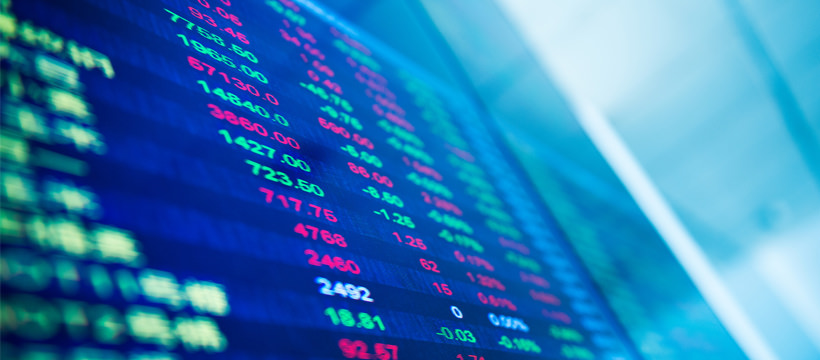Forex Trading: Using Price as an Indicator
October 24, 2017

Forex Trading is a complicated activity that requires the use of significant intellectual resources. Especially in technical analysis, which is an essential discipline as it allows predicting the direction the price will take in the short as well as long term.
Unfortunately, in recent years, an approach has become widespread that risks doing more harm than good, although in theory it could be useful. An approach that consists of using many indicators simultaneously in order to find reliable signals with the mechanism of mutual confirmation. In a nutshell, if multiple indicators send the same signal, then you can trust it. Nothing wrong, in principle.
Too bad this approach is very difficult to adopt as it requires concentration, strong interpretation skills, mental organization, and discipline. The risk is that this domino effect occurs. The trader who uses many indicators is faced with a very high amount of information. This information needs to be reprocessed, sifted, divided between useful and not useful, otherwise there is a risk of misunderstanding and adopting false signals. It is evident that the "not very expert" trader risks getting confused and only drawing the worst from this technique.
Price as an Indicator
The advice, therefore, is not to bite off more than you can chew. If you have started trading recently, you feel confident but not that confident, then it is better not to use many indicators. Very often, the simplest solution is the most correct one. Now, if we are talking about technical analysis, simplicity rhymes with price. Here is the solution: place the price at the center of your analysis work. In simple terms, use the price as if it were an indicator.
It may seem reductive, mundane to limit oneself to the price, yet it is able to provide more information than one might imagine. And, consequently, reliable signals on which to base one's trading activity. The question arises spontaneously... How? How do you transform the price into an indicator? There are many methods, but two in particular are appreciated for their effectiveness and speed of execution.
Pivot Points and Volume Analysis
The first method consists of considering the price as a tool to identify supports and resistances. Actually, there are numerous indicators capable of performing this task, but using the price is all simpler, as well as sufficiently precise. All the trader has to do is identify the session lows and highs, the weekly lows and highs.
The session low corresponds to the first support. The session high corresponds to the first resistance. The weekly low corresponds to the second support. The weekly high corresponds to the second resistance.
Once found - as we have seen, in a very simple and fast way - the pivot points, we proceed to use them to place the stop losses and stop limits. That's it. Easy, right?
The second method is a bit more complicated, also because it involves a second protagonist: volume. The method in fact consists of price-volume analysis. Let's imagine a defined trend. If the volume and price converge, then we are facing a continuation signal. If the volume and price start to diverge, then we are facing a reversal signal. For example, if the trend is bullish, so the price is increasing but at the same time the volume is decreasing, then it means that the trend is running out of steam and the market is close to a breakout.
Different story if the trend is sideways. In this case, price-volume analysis shows its weak side. It is still possible to use it, better with some other indicator as confirmation, just to avoid false signals (which in this situation are frequent). In any case, in sideways phases the price moves, obviously, but only slightly. If these small oscillations correspond to substantial variations in volume, then the establishment of a real trend may be near.




